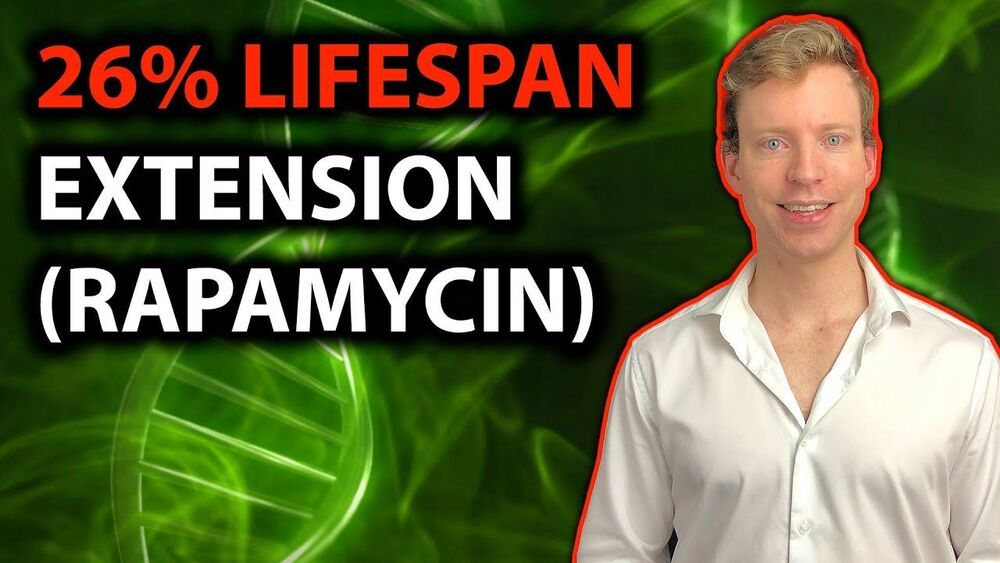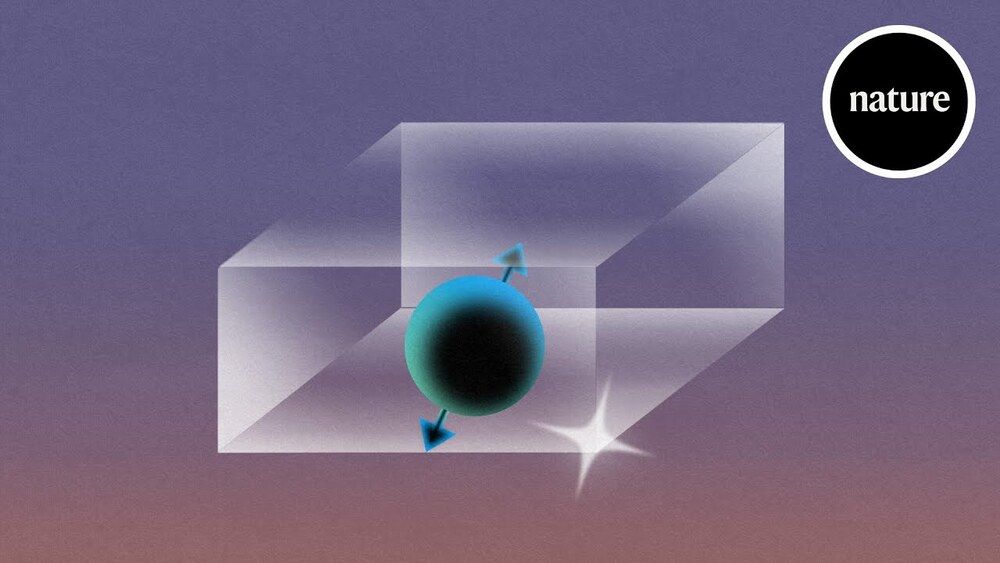Jun 27, 2021
If there are aliens in nearby star systems, they may have already spotted Earth
Posted by Takayuki Sugano in categories: alien life, habitats
Location, location, location. It matters whether you’re looking for a house — or for humans.

Location, location, location. It matters whether you’re looking for a house — or for humans.
The “technology intelligence engine” uses A.I. to sift through hundreds of millions of documents online, then uses all that information to spot trends.
Build back better
Tarraf was fed up with incorrect predictions. He wanted a more data-driven approach to forecasting that could help investors, governments, pundits, and anyone else to get a more accurate picture of the shape of tech-yet-to-come. Not only could this potentially help make money for his firm, but it could also, he suggested, illuminate some of the blind spots people have which may lead to bias.
Continue reading “Here’s What A.I. Thinks Will Be The Next Big Thing in Tech” »
Intel has taken its first steps towards directly taking on Arm-based chips through a new partnership with potential acquisition target SiFive. The hook-up will see Intel license SiFive’s chip architecture and fabricate a custom SoC expected in 2022.
“It would be difficult to introduce a single thing and it causes crime to go down,” one expert said.
“Are we seeing dramatic changes since we deployed the robot in January?” Lerner, the Westland spokesperson said. “No. But I do believe it is a great tool to keep a community as large as this, to keep it safer, to keep it controlled.”
For its part, Knightscope maintains on its website that the robots “predict and prevent crime,” without much evidence that they do so. Experts say this is a bold claim.
Continue reading “Security robots expand across U.S., with few tangible results” »
CAPE CANAVERAL, Fla. – SpaceX is targeting no earlier than this week for its upcoming Falcon 9 launch from Florida, a rare polar mission that will see the rocket pivot south and hug the state’s east coast, according to News 6 partner Florida Today.
The company on Friday confirmed teams were targeting no earlier than 2:56 p.m. Tuesday, June 29, for the 230-foot rocket’s flight from Cape Canaveral Space Force Station. The mission named Transporter-2 was originally slated to fly from Launch Complex 40 on Friday, June 25.
“This mission will launch 88 spacecraft to orbit and more customer mass than SpaceX’s previous dedicated rideshare mission,” SpaceX said Friday.

https://www.youtube.com/watch?v=nS8lYst2iRU
Rapamycin consistently shows lifespan extension in mice and in my opinion, is the most exciting molecule to possibly extend healthspan in humans. This video dives into the data.
Thanks for watching, I hope you enjoyed the content and found it genuinely useful.
Please consider supporting the channel by signing up to Patreon:
https://www.patreon.com/drbradstanfield.

3 mins. This is really fascinating. Several applications, including quantum computing. Need special diamonds that scientists now can produce.
Diamonds are dazzling physicists with their powerful quantum properties. A particular impurity — the nitrogen-vacancy (NV) centre — allows diamonds to be used for everything from geolocation to diagnosing disease. This animation takes a closer look at these NV centres, and the carefully crafted artificial diamonds that make them possible.
Three years ago, Arthur Ashkin won the Nobel Prize for inventing optical tweezers, which use light in the form of a high-powered laser beam to capture and manipulate particles. Despite being created decades ago, optical tweezers still lead to major breakthroughs and are widely used today to study biological systems.
However, optical tweezers do have flaws. The prolonged interaction with the laser beam can alter molecules and particles or damage them with excessive heat.
Researchers at The University of Texas at Austin have created a new version of optical tweezer technology that fixes this problem, a development that could open the already highly regarded tools to new types of research and simplify processes for using them today.
Would anyone have concluded that there was intelligent life on Earth 900 years ago?
A new study found a list of stars that could directly see Earth. And at least seven of them have known habitable planets.
AgomAb Therapeutics have announced the successful acquisition of a second round of funding ($74M) for research into the applications of antibodies for use in the field of regenerative medicine. Antibodies have already received a large amount of attention for their ability to positively effect numerous conditions such as inflammation, metabolic disorders, and non-healing wounds.
Antibodies are small protein molecules which are used by the body to ‘tag’ foreign pathogens in order for the immune system to identify and destroy them. What is unique about these antibodies is that due to their structure they will only attach themselves to a particular pathogen (at a particular site known as an antigen). In many cases, the binding of an antibody to a pathogen such as a virus is enough to completely inactive the pathogen, making it effectively harmless.
